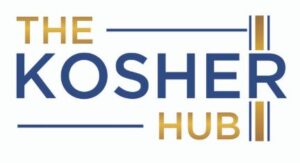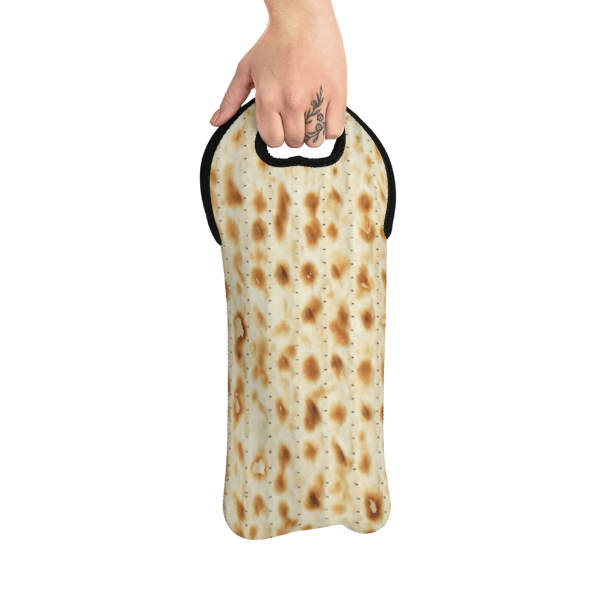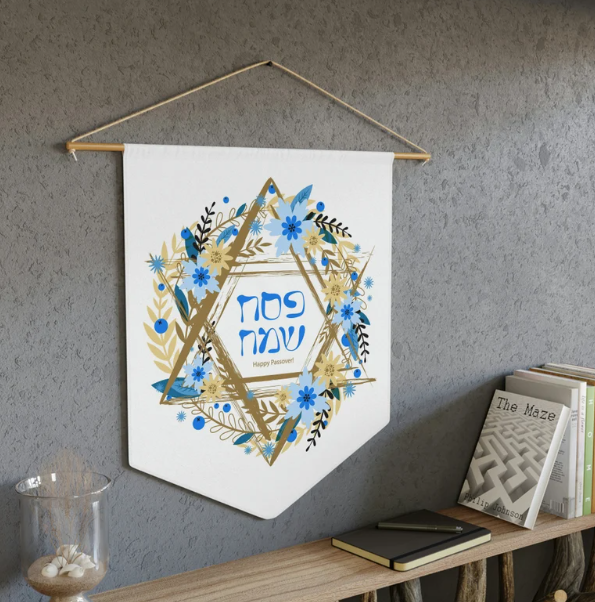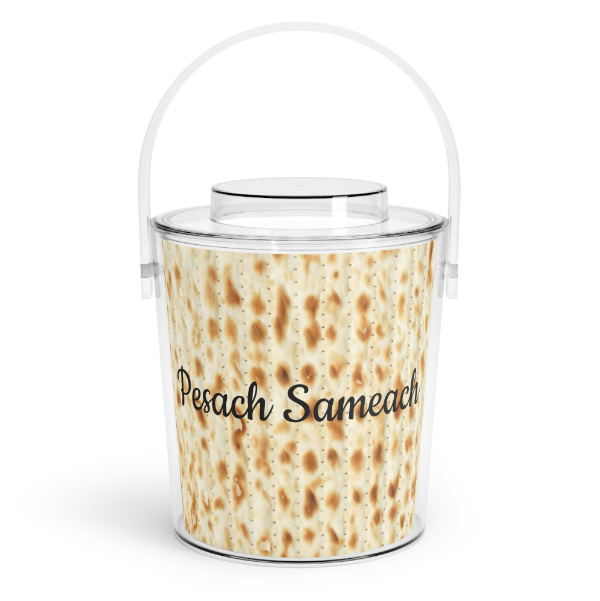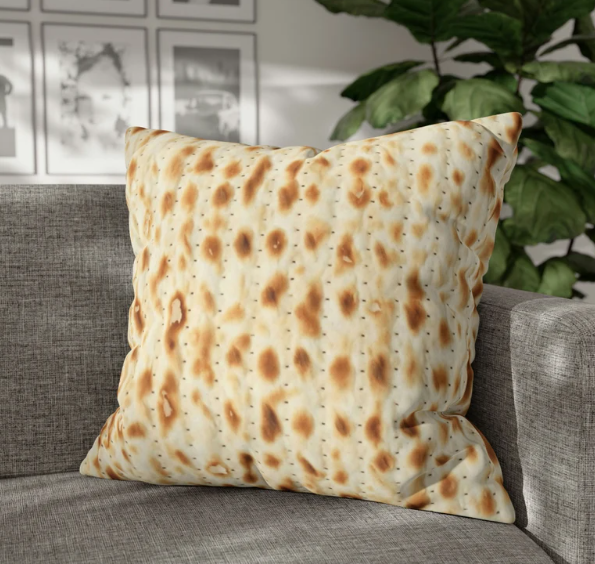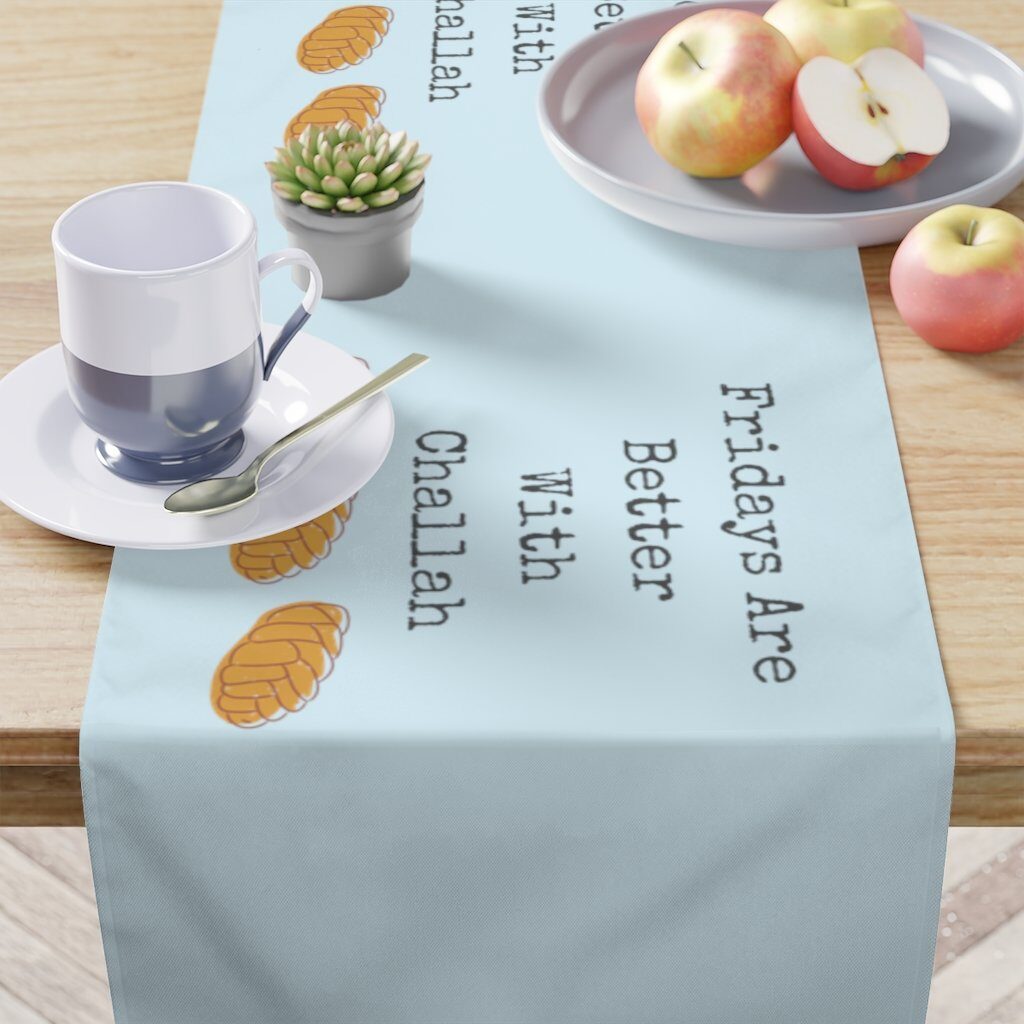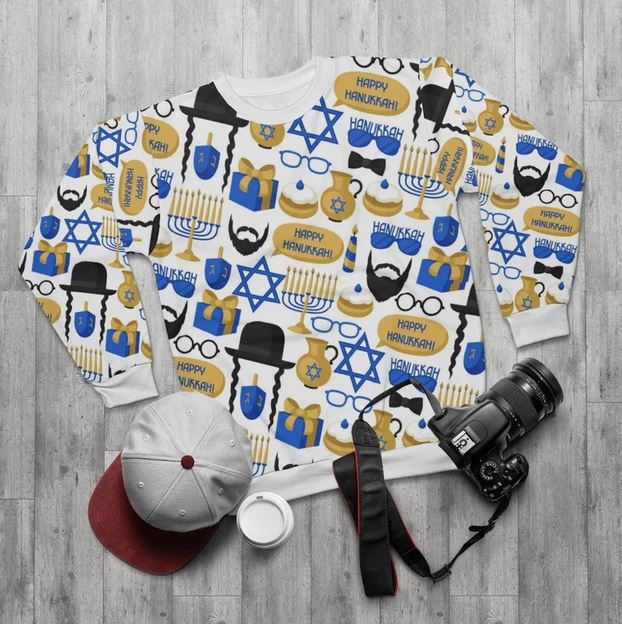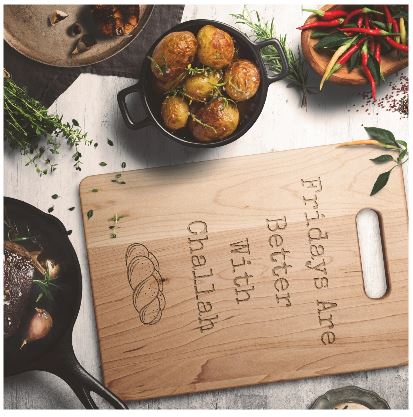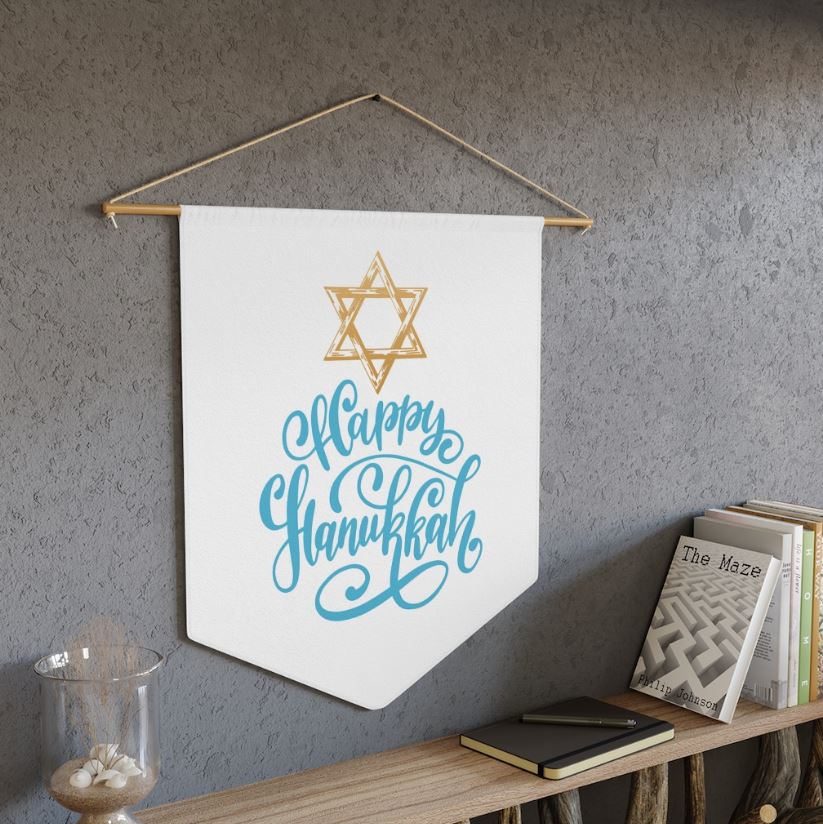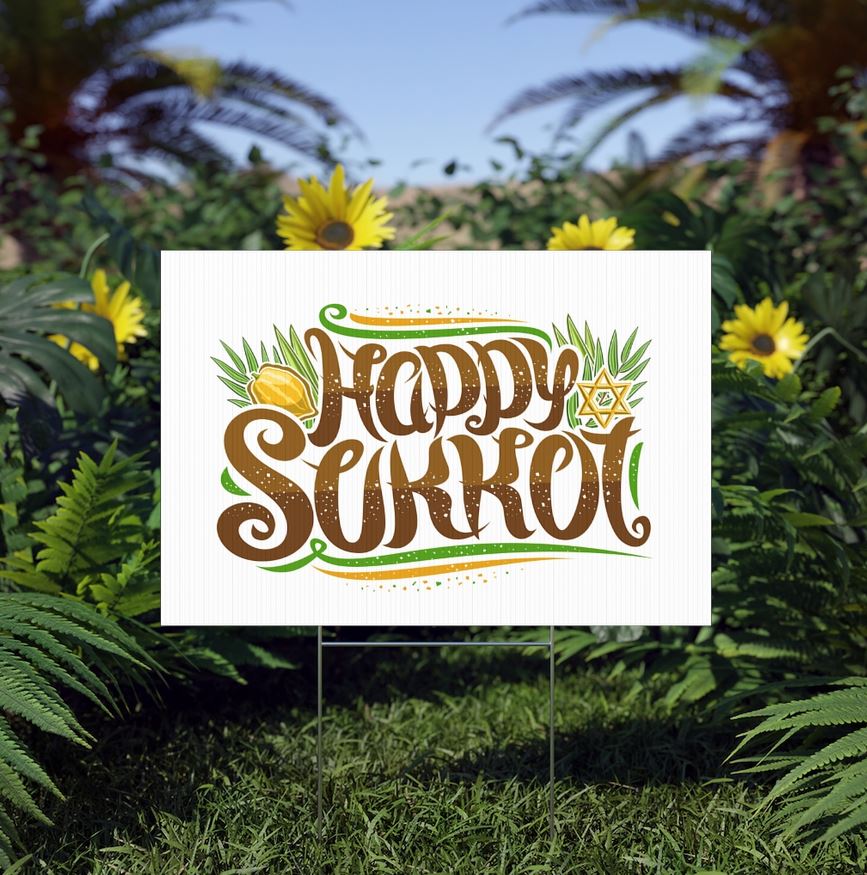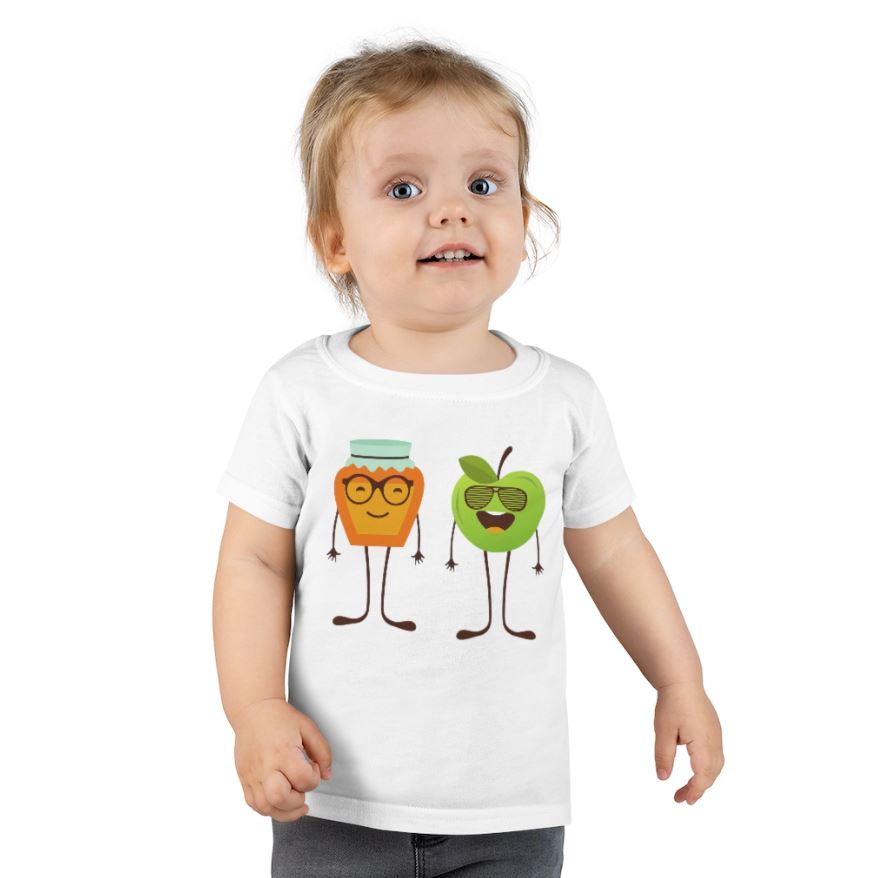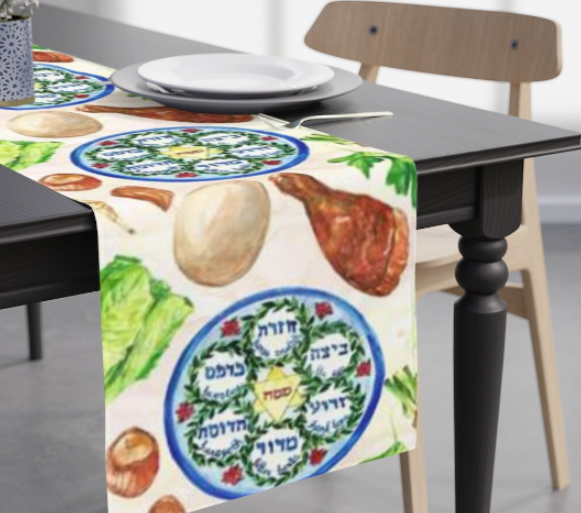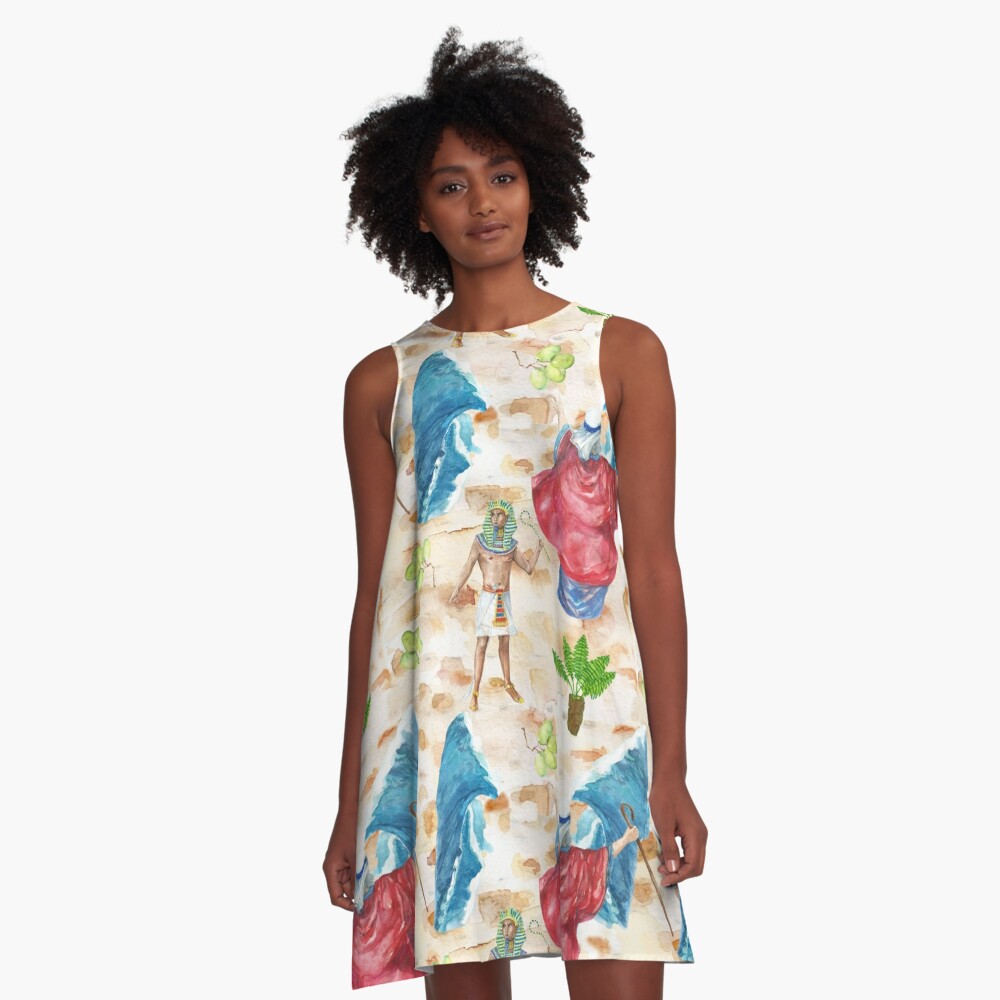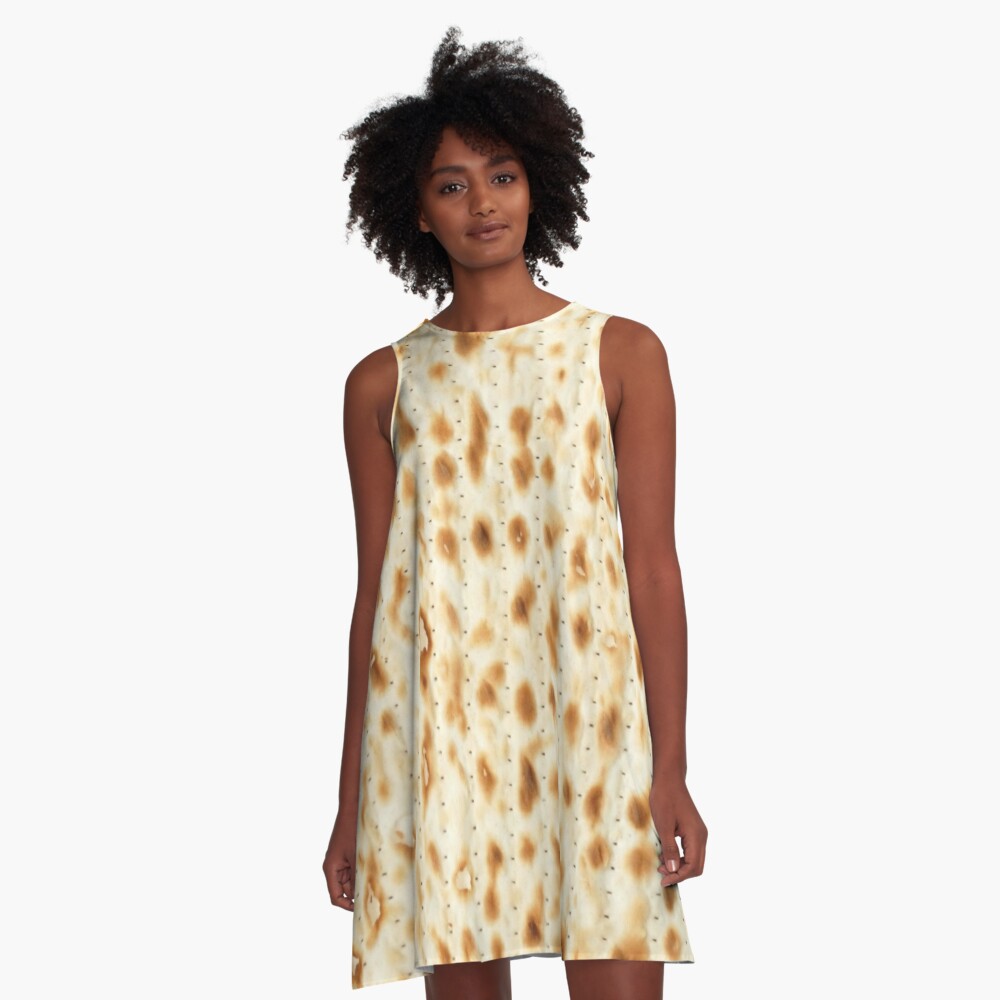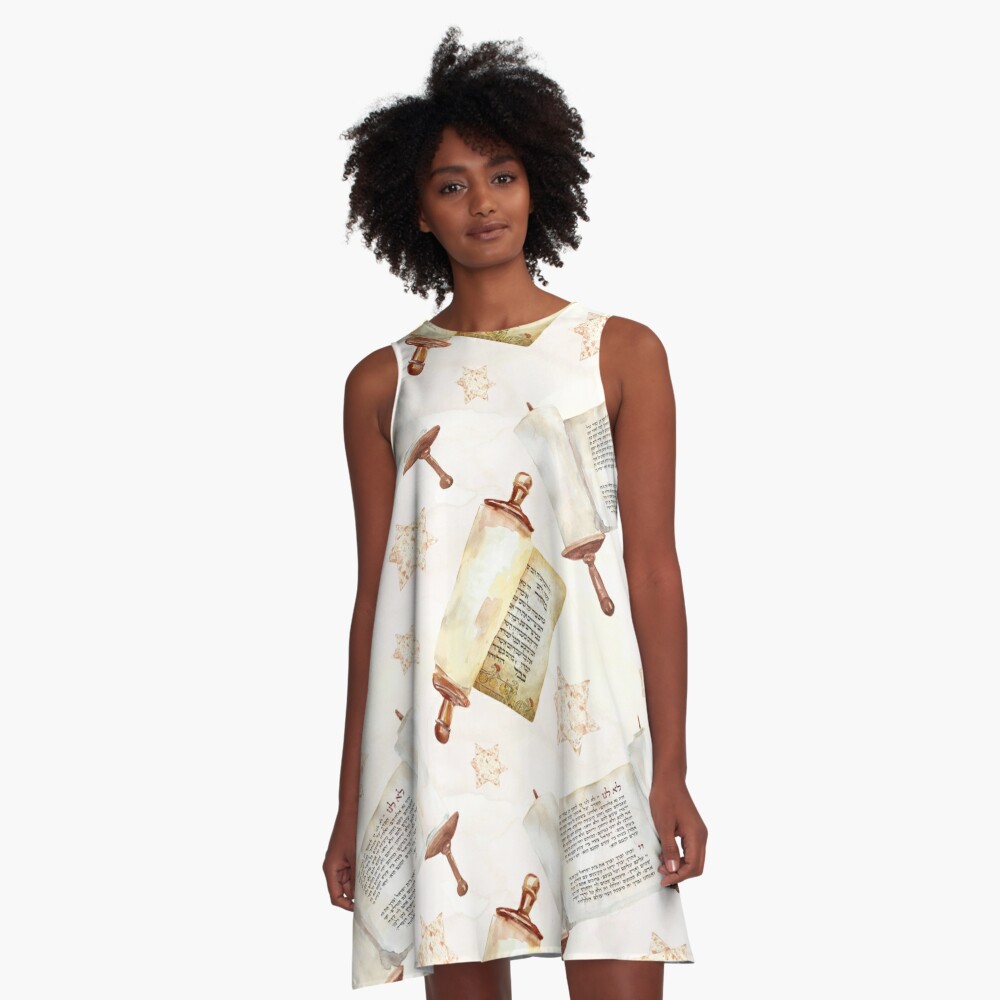What does the Seder plate represent?
The six items on the Seder plate used during the Passover Seder are:
- Maror: A bitter herb, usually horseradish, to represent the bitterness of slavery.
- Charoset: A mixture of chopped apples, nuts, wine, and spices, symbolizing the mortar used by the Jewish slaves to build structures in Egypt.
- Karpas: A vegetable, often parsley, dipped in salt water to symbolize the tears shed during slavery.
- Zeroa: A roasted shank bone or chicken neck, symbolizing the lamb that was sacrificed and eaten during the Passover holiday in ancient times.
- Beitzah: A roasted egg, symbolizing the holiday sacrifice that was offered at the Temple in Jerusalem.
- Charoset: A second bitter herb, often romaine lettuce, which is eaten in a sandwich with the matzah and charoset to symbolize the bitterness and sweetness of the Jewish experience in Egypt.
These items are arranged in a specific order on the Seder plate and are used throughout the Seder to retell the story of the Jewish people’s exodus from Egypt.
Does everyone eat from the Seder plate?
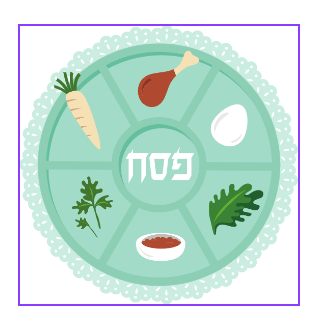
During the Passover Seder, the Seder plate is usually placed in the center of the table, and the items on the plate are discussed and used throughout the ceremony. However, not everyone eats directly from the Seder plate itself.
The maror, charoset, and karpas are usually eaten by dipping them in salt water, and the zeroa and beitzah are usually not eaten at all. The chazeret may be eaten as part of the Hillel sandwich, which is a combination of matzah, maror, and charoset.
It is important to note that the Passover Seder is a ritual and symbolic meal, and the specific foods on the Seder plate are used to represent different aspects of the Passover story and Jewish history. The main food that is eaten during the Seder is matzah, which is unleavened bread, and other traditional Passover foods, such as gefilte fish and brisket, may also be served.
What is hidden at a Seder?
During the Passover Seder, it is traditional to hide a piece of matzah called the afikomen. The word “afikomen” comes from the Greek word “epikomion,” which means “dessert.” The afikomen is usually broken in half during the Seder, with one half being eaten during the meal and the other half being hidden for the children to find later in the evening.
The hiding of the afikomen serves as a way to engage children in the Passover story and keep them interested and involved in the Seder. The child who finds the hidden piece of matzah is typically given a prize or reward, such as money or candy, as a way to encourage their participation.
The afikomen also has a deeper symbolic meaning in the Passover story. It represents the Passover sacrifice that was offered in the Temple in Jerusalem, which was eaten at the end of the Seder meal. Since the destruction of the Temple, the afikomen has become a symbolic reminder of the Passover sacrifice and the redemption of the Jewish people.
Can you eat bread at Seder?
No, during the Passover Seder, it is forbidden to eat any food that contains leavened grains such as wheat, barley, rye, oats, and spelt. This is because the Jewish people did not have time to wait for their bread to rise before leaving Egypt, and so they ate unleavened bread, known as matzah.
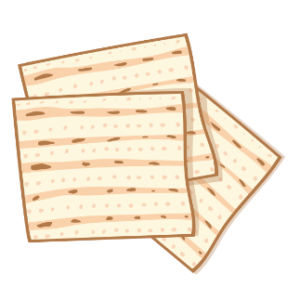
The prohibition against leavened bread extends to any food that contains leavening agents, such as yeast, baking powder, or baking soda. This means that traditional bread, cakes, cookies, pasta, and most other baked goods are not allowed during Passover.
Instead, matzah and other Passover-friendly foods, such as fruits, vegetables, eggs, and certain types of meat, are eaten during the Passover holiday. Some traditional Passover foods include gefilte fish, matzah ball soup, brisket, and macaroons.
It’s important to note that the prohibition against leavened bread during Passover is taken very seriously, and observant Jews go to great lengths to ensure that their homes and kitchens are free of any chametz (leavened food) before the start of Passover.
How long is the Seder Meal?
The length of a Passover Seder can vary depending on the particular customs and traditions of the family or community. However, a typical Seder meal can last anywhere from two to four hours or more, depending on the pace of the ceremony and the number of participants.
The Seder itself is a structured and scripted ceremony, which includes the retelling of the Passover story, the recitation of prayers and blessings, the eating of symbolic foods, and the singing of traditional songs. The pace of the Seder is often leisurely, with plenty of time for discussion, reflection, and storytelling.
In addition to the Seder meal itself, there are also many traditional foods and customs associated with the Passover holiday that may be observed during the week-long holiday. These may include additional meals and gatherings with family and friends, as well as other activities such as visiting synagogues, reading from the Haggadah, and participating in community events.
What do you wear to a Seder?
5 things a man might wear to a Seder:
- A collared shirt and dress pants
- A dress shirt with a jacket and dress pants
- A suit and tie
- Khaki pants or dress slacks with a dress shirt
- Dress shoes, such as loafers or oxfords
5 things a woman might wear to a Seder:
- A dress or skirt and blouse
- Dress pants and blouse
- A modest blouse or sweater with a knee-length skirt
- A modest jumpsuit or pantsuit
- Comfortable yet dressy shoes, such as flats or low heels
